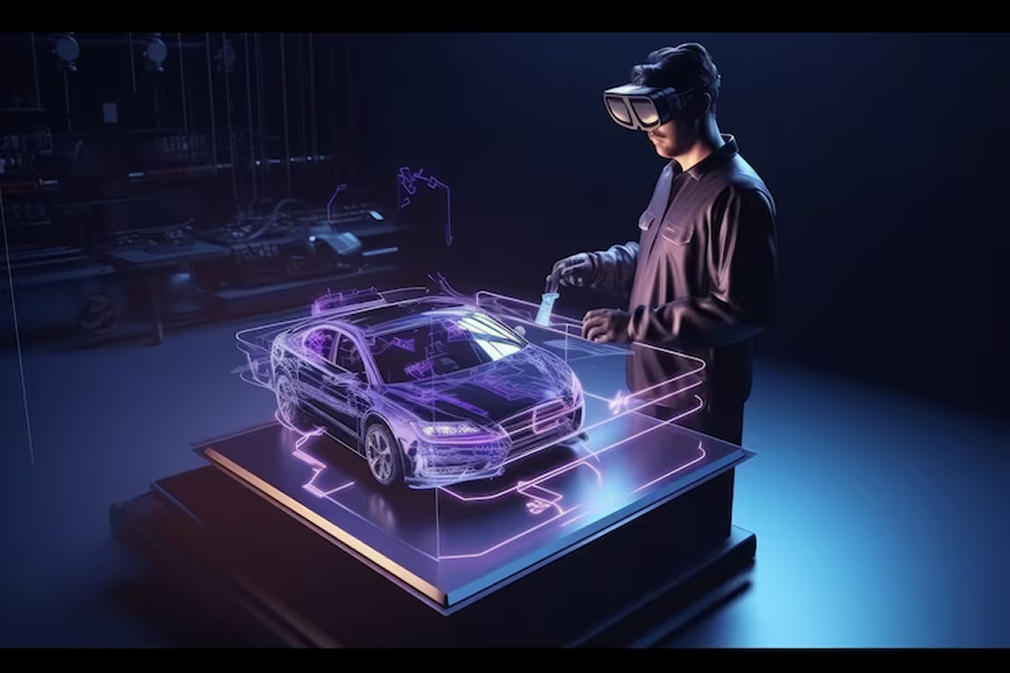Artificial intelligence is no longer the future, but the present. This is especially evident in the field of transport. What used to seem like science fiction — cars without drivers, logistics without human intervention, “smart” roads — has become a reality. And although there are still problems and debates, AI is already changing the way we move, deliver goods and manage transport systems.
Advertising
What is an autopilot really?
Many people imagine an autopilot as a magical “drive and forget” mode. But behind this function is a complex AI system that combines:
Cameras, sensors and radars — to analyze the environment.
Object recognition algorithms — to “see” pedestrians, traffic lights, markings, cars.
Decision-making system — to determine the speed, route, respond to changes.
Machine learning — to constantly improve the model based on accumulated experience.
This is not just an “automatic cruise control”, but a full-fledged digital driver who navigates the real world, makes decisions and controls the car almost like a person.
Where are autopilots already working?
Tesla is the most famous brand with an autopilot. In FSD (Full Self-Driving) mode, the system controls the car from start to parking. While the driver must be behind the wheel, in some cases the system drives the car almost completely by itself.
Waymo (Google) has already launched a driverless taxi in Arizona. Without a driver. At all. Cars drive along pre-developed routes, and AI processes the situation on the road itself.
Cruise (GM) and Zoox (Amazon) are testing driverless cars in San Francisco and Las Vegas.
Buses and trucks with autopilot – autonomous trucks are being tested in Europe and Asia, plying highways and ports. Some are already in commercial operation.
Why does transport need AI?
AI in transport is not just a trend, but a necessary step towards safe, efficient and sustainable mobility. Here are some key benefits:
Safety: According to the WHO, more than 90% of road accidents are caused by human error. Fatigue, alcohol, distraction — cars do not suffer from these.
Saving time and resources: AI optimizes the route, avoids traffic jams, reduces fuel consumption.
Accessibility: people with disabilities are able to move without assistance.
Cost reduction: logistics, taxis and cargo transportation can become cheaper by eliminating the need for a driver.
How does AI help in logistics?
AI in transport is not only autopilots, but also “smart” logistics. Already now:
Amazon and DHL use AI to plan delivery routes.
AI warehouse management systems coordinate the movement of forklifts, drones and robots.
Airlines use AI to calculate optimal routes, minimize delays, and optimally distribute fuel.
Examples where AI did not fail
Waymo has recorded more than 20 million km of travel without serious incidents. Their AI system successfully avoided drunk pedestrians, responded to aggressive drivers, and independently found detours during accidents.
Tesla has already demonstrated how autopilot saves from a head-on collision or a car suddenly driving into the oncoming lane. The car instantly assesses the situation and brakes – faster than a person.


